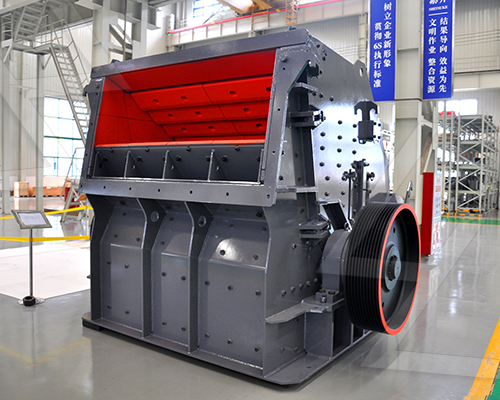Metal Grinding Precision refers to the process of achieving extremely tight tolerances and fine surface finishes on metal parts through grinding operations. This process is critical in industries where dimensional accuracy, surface integrity, and part performance are essential, such as aerospace, automotive, medical devices, and tool manufacturing.
Key Aspects of Metal Grinding Precision:
1. Tolerances:
– Precision grinding can achieve tolerances as tight as ±0.0001 inches (2.5 µm) or better.
– Critical applications may require sub-micron level accuracy.
2. Surface Finish:
– Grinding can produce surface finishes smoother than Ra 0.2 µin (5 nm) with advanced techniques like superfinishing or lapping.
– Typical precision grinding ranges between Ra 8–32 µin (0.2–0.8 µm).
3. Grinding Methods:
– Surface Grinding: For flat surfaces with high accuracy.
– Cylindrical Grinding: For round parts (OD/ID grinding).
– Centerless Grinding: For high-volume production of cylindrical components.
– Creep-Feed Grinding: For deep cuts in tough materials.
– Jig Grinding: For complex geometries and molds/dies.
– Electrolytic Grinding (ECG): Combines electrochemical machining with grinding for hard metals.
4. Materials Suited for Precision Grinding:
– Hardened steels (tool steels, HSS)
– Carbides
– Titanium alloys
– Nickel-based superalloys
– Ceramics & composites
5. Factors Affecting Precision:
– Machine rigidity & stability
– Wheel selection (abrasive type, grit size, bond)
– Coolant application (prevents thermal distortion)
– Fixturing & workholding
– Vibration control
6. Applications:
– Bearing races & rollers
– Cutting tools & inserts
– Medical implants & surgical tools
– Aerospace turbine blades & components
– Automotive fuel injection parts
7. Advanced Techniques:
CNC-controlled grinding machines with real-time feedback systems enhance repeatability and reduce human error.
Challenges:
- Heat generation leading to metallurgical changes.
- Wheel wear affecting consistency.
- Cost-effectiveness vs. alternative processes like hard turning or honing.
For optimal results, selecting the right grinding parameters (speed, feed, depth of cut) and maintaining equipment calibration are crucial.
Would you like details on a specific type of precision grinding or material application?





Leave a Reply